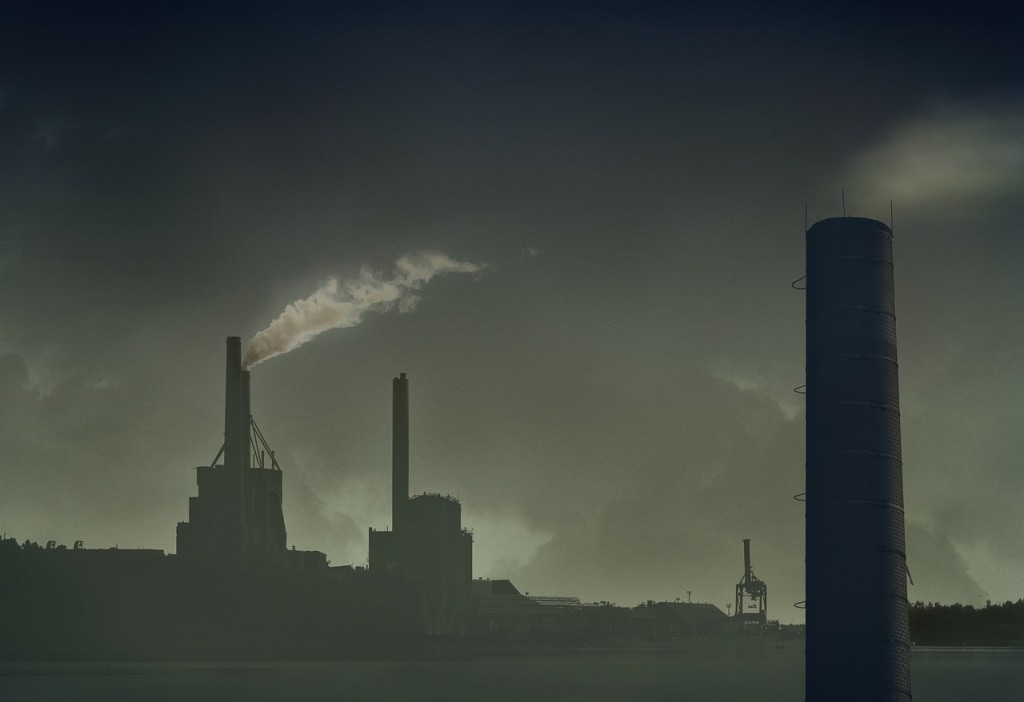 Pollution is a big problem, and it continues to extend its reach beyond just the smog you see hanging over the average metropolis. New reports from scientists studying air pollution show that carbon dating could become obsolete by 2050, thanks to the junk we release into the atmosphere.
Pollution is a big problem, and it continues to extend its reach beyond just the smog you see hanging over the average metropolis. New reports from scientists studying air pollution show that carbon dating could become obsolete by 2050, thanks to the junk we release into the atmosphere.
Using fossil fuels creates a type of carbon that can cause confusion during the dating technique, according to the BBC. In less than 50 years, new clothes could have the same radiocarbon date as items that are 1,000 years old due to the chemicals in the atmosphere.
Carbon dating was originally developed in the 1940s. It measures levels of carbon-14, a radioactive form of carbon. It is typically created in the atmosphere, then absorbed by plants. Scientists have been using carbon dating to find out the age of some of the world’s most mysterious products and structures. Most notably, it was used to determine the age of the Shroud of Turin in 1988, which is commonly linked to the death of Jesus Christ. Carbon dating found that the shroud had come from the 13th century, placing it well after Jesus’ time.
The burning of fossil fuels has created an excess of non-radioactive carbon in the atmosphere. As a result, there has been a diluting effect on carbon-14, and carbon dating has become less accurate.
So is all hope lost for the future?
Luckily, there is more than one way to date an item, although the loss of carbon dating would be a big one. For example, scientists can still use principles of stratigraphy, which involves studying layers of rocks and objects embedded within the layers. Successive layers of rock represent successive intervals of time in history.
Other forms of radioactive decay dating are also still options for scientists. This involves obtaining a radioactive form of an element and converting it into a nonradioactive product. The nucleus of a radioactive element disintegrates over time. Then, it transforms itself into the nucleus of an atom of a different element altogether, exhibiting the process of radioactive decay. When scientists gauge the amount of original and transformed atoms of an item, they can determine its age.
Of course, it’s worth looking at the bigger picture — the burning of fossil fuels and its impact on the environment as a whole. But until the world begins to adopt more renewable energy sources, scientists will have to look at other dating options while waving the red flag.
Sources
- McGrath, Matt. “Emissions from fossil fuels may limit carbon dating.” BBC.com. July 21, 2015.
